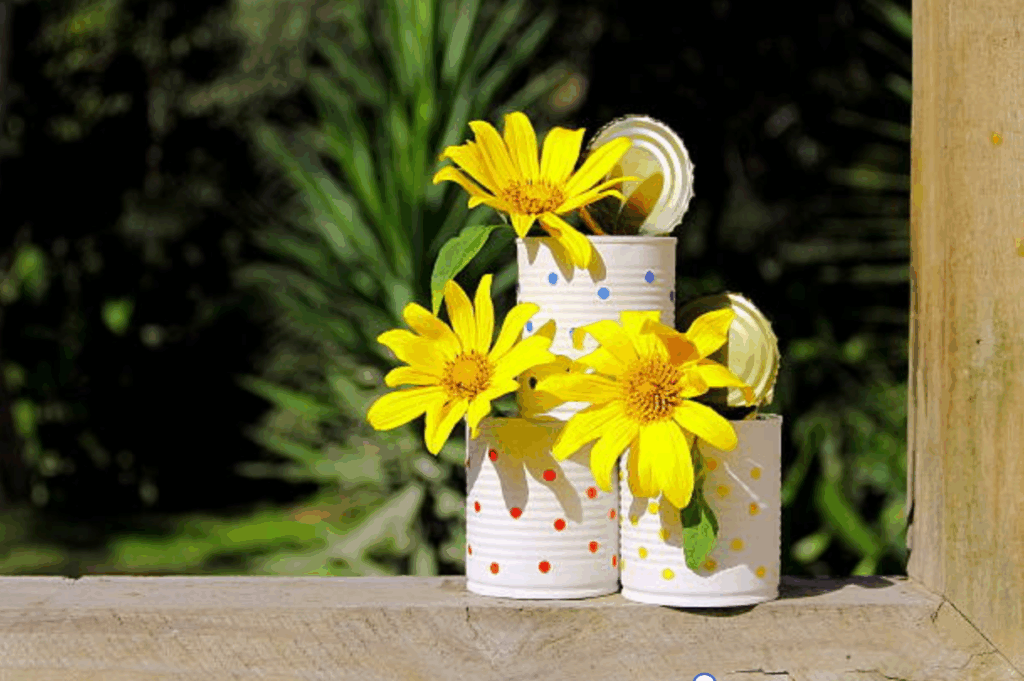In the competitive world of product packaging, the tactile and visual appeal of your packaging can significantly influence consumer perception and purchasing decisions. Among the myriad of techniques available, embossing and debossing stand out for their ability to add depth, texture, and sophistication to packaging materials. When it comes to tin box packaging, choosing between these two techniques requires a thorough understanding of their processes, benefits, and potential drawbacks.
This comprehensive guide will explore:
- The definitions and processes of embossing and debossing
- The pros and cons of each technique
- How to emboss metal, specifically tin boxes
- Applications and considerations for choosing the right technique for your packaging needs
Understanding Embossing and Debossing

What is Embossing?
Realce is a technique that creates a raised design on the surface of a material. In the context of packaging, this means that specific areas of the tin box are elevated to form patterns, logotipos, or text. This raised effect is achieved by pressing the material between two dies: a male (raised) die and a female (recessed) die. The material is placed between these dies, and pressure is applied to create the desired raised impression.
Embossing adds a tactile dimension to packaging, making it more engaging and memorable for consumers. It is often used to highlight brand logos, product names, or decorative elements, enhancing the overall aesthetic appeal of the packaging.
What is Debossing?
Debilitamiento, por otro lado, involves creating a recessed or sunken design on the surface of the material. This is achieved by pressing the material with a die to create an indentation. Unlike embossing, debossing does not raise the material but instead pushes it inward.
The debossed meaning in packaging refers to this technique of creating an indented design, which offers a subtle and sophisticated look. Debossing is often used for minimalist designs, where understated elegance is desired.
Pros and Cons of Embossing
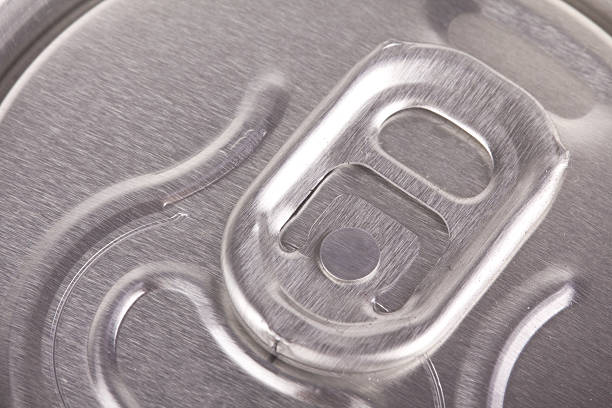
Pros of Embossing
- Enhanced Visual Appeal
Embossing adds a three-dimensional effect to packaging, making designs stand out and catch the consumer’s eye.
- Tactile Experience
The raised design provides a tactile experience, engaging the sense of touch and creating a memorable interaction with the product.
- Perceived Value
Embossed packaging often conveys a sense of luxury and quality, enhancing the perceived value of the product.
- Brand Recognition
An embossed or debossed logo can reinforce brand identity, making it more recognizable and memorable.
- Versatility
Embossing can be combined with other techniques, such as foil stamping or spot UV, to create unique and intricate designs.
Cons of Embossing
- Increased Cost
The embossing process requires the creation of custom dies and additional production steps, leading to higher costs.
- Material Limitations
Not all materials are suitable for embossing. For tin boxes, the material must be of appropriate thickness and malleability to achieve a clear embossed effect.
- Design Constraints
Highly intricate or detailed designs may not translate well in embossing, as fine details can be lost or distorted.
- Production Time
The additional steps involved in embossing can lead to longer production times, which may not be ideal for tight deadlines.
Pros and Cons of Debossing
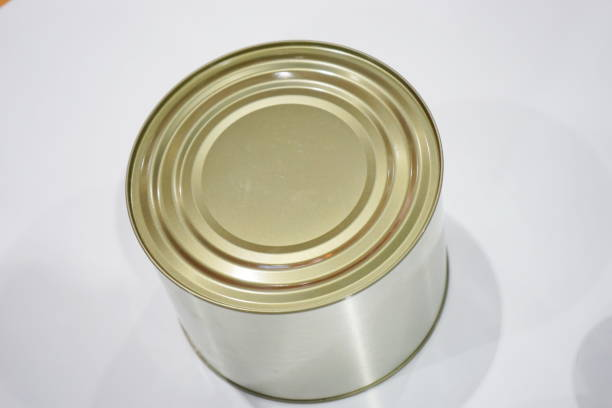
Pros of Debossing
- Subtle Elegance
Debossing offers a refined and understated look, ideal for brands seeking a minimalist aesthetic.
- Cost-Effective
Generally, debossing requires only a single die and fewer production steps, making it more cost-effective than embossing.
- Material Compatibility
Debossing is suitable for a wide range of materials, including metals like tin, as it doesn’t require the material to be stretched or raised.
- Durabilidad
Debossed designs are less prone to wear and tear, as the recessed areas are protected from surface abrasion.
- Combination with Other Techniques
Debossing can be effectively combined with ink, foil stamping, or other printing methods to enhance the visual impact.
Cons of Debossing
- Less Tactile Impact
Unlike embossing, debossed designs do not offer a raised texture, which may result in a less engaging tactile experience.
- Visibility Issues
Without the addition of color or foil, debossed designs can be less visible, especially under certain lighting conditions.
- Limited Depth
The depth of debossed designs is limited by the material’s thickness and the die’s capabilities, which may restrict design options.
- Potential for Distortion
Improper debossing can lead to material distortion or warping, particularly if the material is too thin or brittle.
How to Emboss Metal: A Step-by-Step Guide
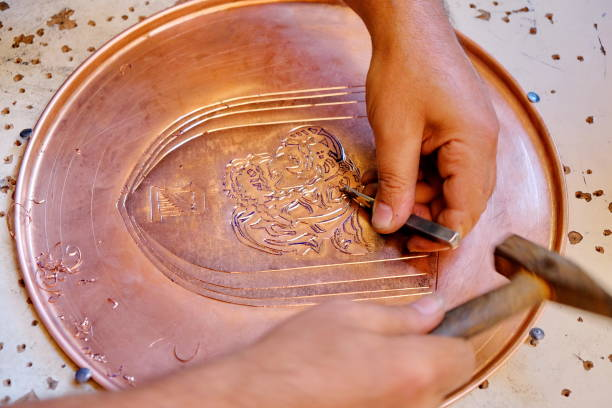
Embossing metal, such as tin used in packaging, involves a specialized process that requires precision and the right equipment. Here’s a step-by-step overview:
Design Preparation
- Artwork Creation
Develop a high-resolution design or logo intended for embossing. Ensure that the design is suitable for a raised effect and doesn’t contain overly intricate details that may not translate well.
- Die Design
Create a die based on the artwork. This involves designing both the male (raised) and female (recessed) components that will shape the metal.
Die Fabricación
- Material Selection
Dies are typically made from hardened steel or other durable materials capable of withstanding the pressure required for metal embossing.
- Precision Machining
Utilize CNC machines or other precision tools to manufacture the dies, ensuring exact replication of the design.
Material Preparation
- Tin Sheet Selection
Choose tin sheets of appropriate thickness and quality. The material should be malleable enough to accept the embossed design without cracking or deforming.
- Cleaning
Clean the tin sheets to remove any contaminants that could affect the embossing process.
Embossing Process
- Die Setup
Install the male and female dies into the embossing press, ensuring proper alignment.
- Heating (if necessary)
Depending on the material and design complexity, the dies may be heated to facilitate the embossing process.
- Pressing
Place the tin sheet between the dies and apply pressure using the embossing press. The pressure causes the tin to conform to the die shapes, creating the raised design.
Finishing
- Trimming
Trim any excess material or edges to achieve the desired shape and size.
- Surface Treatment
Apply coatings, paints, or other finishes to enhance the appearance and protect the embossed design.
- Quality Inspection
Inspect the embossed tin boxes for consistency, clarity of design, and any defects.
Embossing tin boxes requires specialized equipment and expertise. It’s advisable to work with experienced manufacturers who understand the nuances of metal embossing to ensure high-quality results.
Choosing Between Embossing and Debossing for Your Tin Box
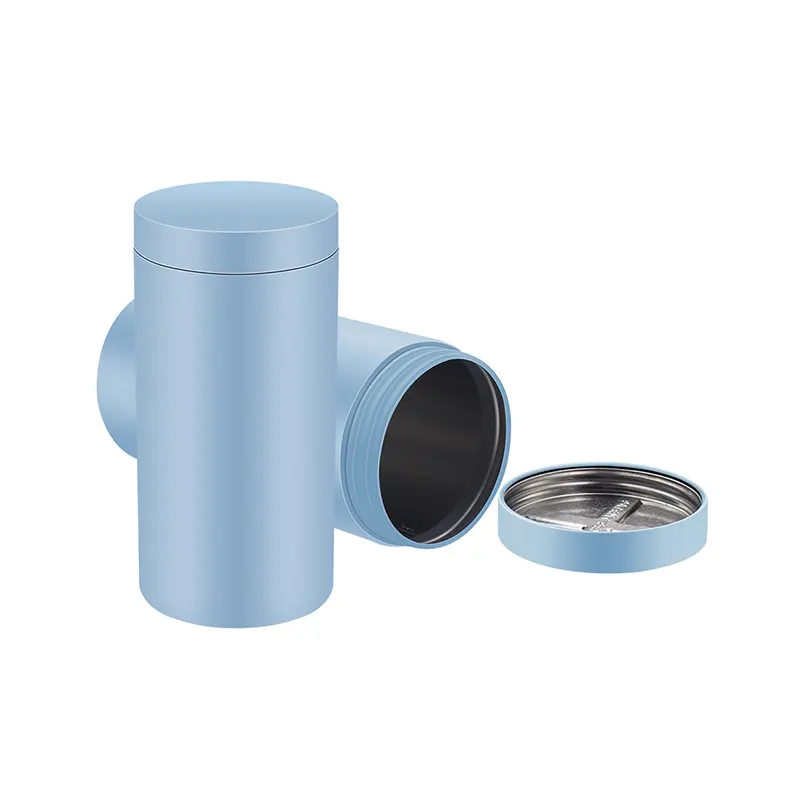
When deciding between embossing and debossing for your tin box packaging, consider the following factors:
Brand Identity
Reflect on your brand’s personality. Embossing conveys luxury and prominence, while debossing suggests subtlety and sophistication.
Design Complexity
Evaluate the intricacy of your design. Embossing may not capture fine details as effectively as debossing.
Budget Constraints
Embossing generally incurs higher costs due to the need for dual dies and additional processing steps.
Material Considerations
Assess the suitability of your tin material for embossing or debossing. Thicker, more malleable tin is preferable for embossing.
Production Timeline
Consider the production time. Debossing may offer quicker turnaround times due to its simpler process.
Consumer Experience
Think about the tactile experience you want to provide. Embossing offers a more pronounced texture, while debossing provides a subtle indentation.
Conclusión
Both embossing and debossing are powerful techniques that can elevate the appeal of your tin box packaging. The choice between the two depends on various factors, including brand identity, design complexity, budget, and desired consumer experience. By understanding the nuances of each technique, you can make an informed decision that aligns with your packaging goals and resonates with your target audience.





